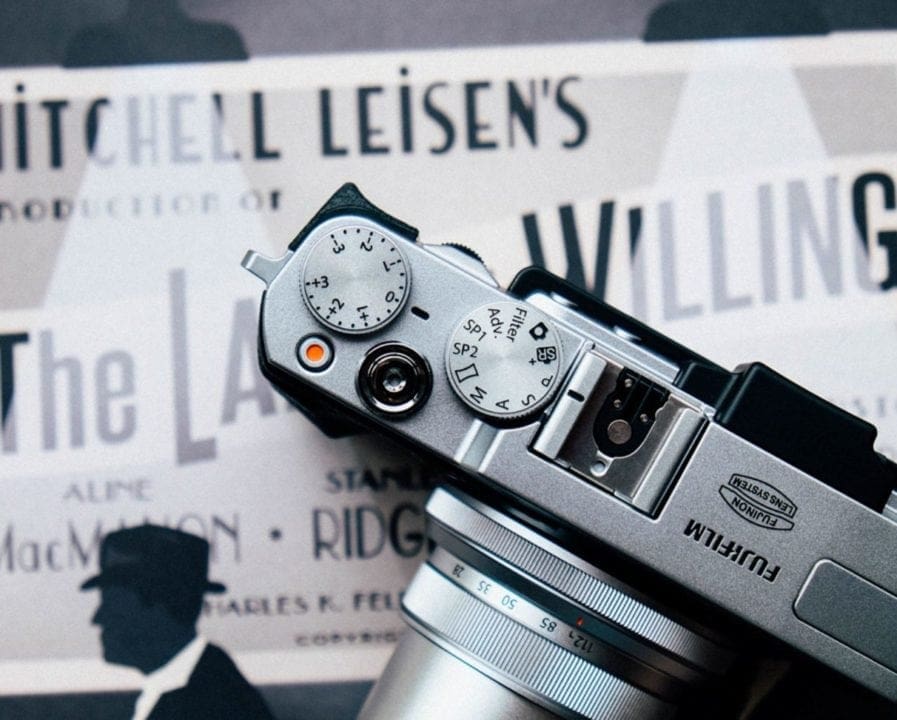What is a mirrorless camera, and is it a viable alternative to the big, bulky DSLR? In this tutorial we explain the technology that powers them and key things you need to know before making a purchase.
Single lens reflex (SLR) cameras have traditionally been the camera of choice for serious photographers. However, a new alternative is quickly gaining popularity – mirrorless cameras, also known as compact system cameras (CSCs). But what is a mirrorless camera and how does it differ from a DSLR? Read on…
Mirrorless cameras: 01 They were first launched in 2008
In 2008 Panasonic introduced the first compact system camera, the Lumix DMC-G1, at a trade show in Germany. This model was also the first Micro Four Thirds camera.
In June of 2009, the Olympus Pen E-P1 followed. It didn’t take but a couple of years before Samsung and Sony launched their own CSC models, beating Nikon and Canon to the market.
Mirrorless cameras: 02 They have no mirror
The fundamental difference between compact system cameras and SLRs is that compact system cameras are mirrorless. They don’t have a reflex mirror to bounce the image from the lens into a viewfinder.
The absence of a mirror in the CSC allows the lens mount to be moved closer to the sensor, which means compact system cameras can be smaller in size than DSLRs.
The term ‘system’ refers to the CSC’s ability to accept interchangeable lenses – it’s part of a complex whole.
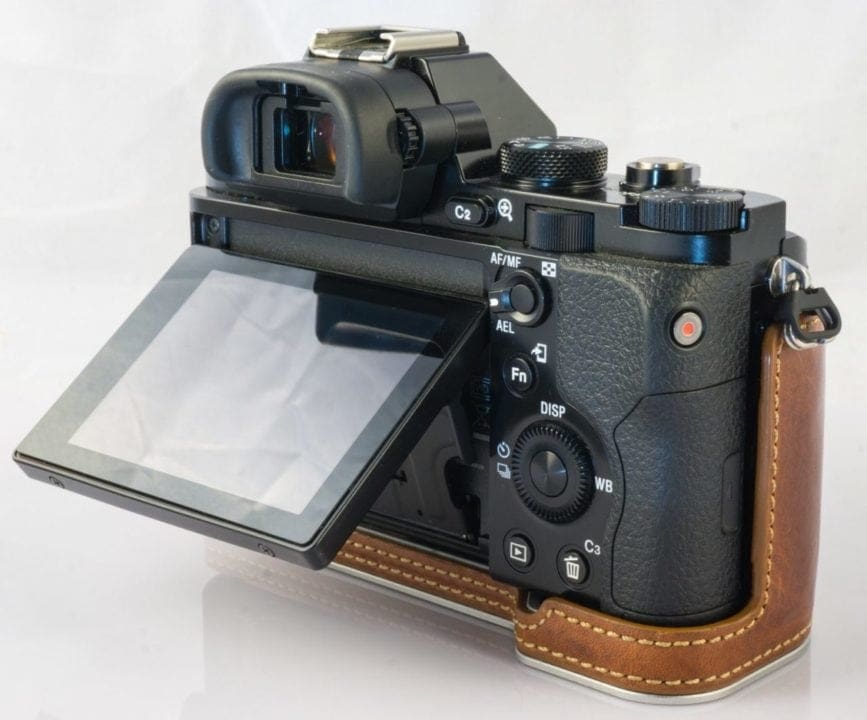
Mirrorless cameras: 03 They are permanently in Live View mode
Compact system cameras operate in a manner similar to how SLRs operate in Live View mode. An image is created on the main screen or back of the camera by using information from the imaging sensor.
While not every mirrorless camera has viewfinder, the ones that do will typically have electronic viewfinders (EVF). Fuji has distinguished itself by offering compact system cameras with both electronic and optical viewfinders, however they use a rangefinder-style system.
Mirrorless cameras: 04 What you see is what you get
Perhaps the most significant benefit of using a CSCs screen or an electronic viewfinder to compose images is that you have immediate access to the influence of camera settings.
For instance, if you reduce the exposure you’ll see the image get darker, or if you change the white balance you’ll see a change in image colour. All of this information is available to you before the shot is taken.
While early electronic viewfinders did have very low refresh rates and a resulting lag when the camera or subject moved, this is becoming less of an issue as modern EVFs develop.
SEE MORE: Best travel cameras you can depend on
Mirrorless cameras: 05 They use contrast or hybrid AF systems
SLRs have a dedicated autofocus sensor that is uses as a phase detection system to focus the lens between exposures, when the reflex mirror is down and the scene can be seen in the optical viewfinder.
Compact system cameras are mirrorless, so they can’t use a separate AF sensor. Instead, they use the image sensor to focus the lens.
Mirrorless cameras initially used contrast detection autofocus systems similar to the ones found in compact cameras. In earlier models these systems were fairly slow and laboured in low light conditions. Manufacturers took note, and in contemporary CSCs the autofocusing has greatly improved.
A few compact system cameras now employ a hybrid AF system, combining a contrast detection system with phase detection using dedicated pixels on the sensor for focusing.
Typically, these systems are faster and more decisive than standard contrast detection systems, with a few even performing quite well in low light. CSCs with AF systems that can rival that of an SLR don’t seem too far off.
SEE MORE: Best DSLRs in the world in 2016
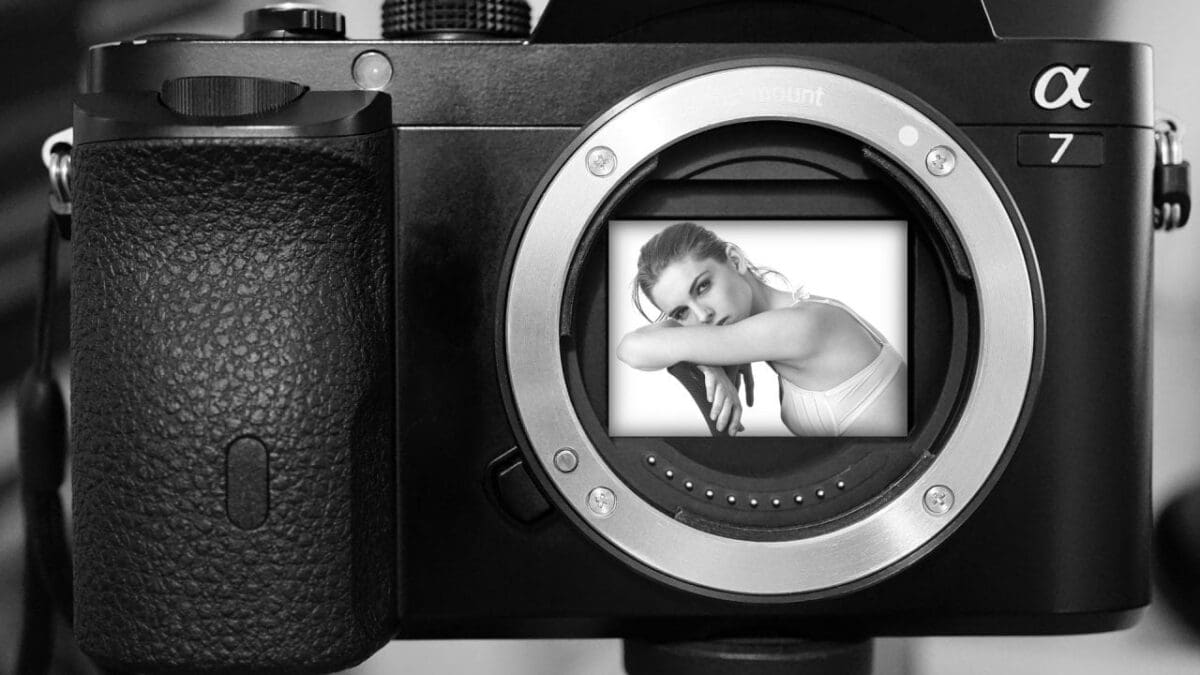
Mirrorless cameras: 06 They use a variety of sensor sizes
The first compact system cameras were designed using the Micro Four Thirds standard and they had Four Thirds Type sensors. While Panasonic and Olympus still use this size sensor in their cameras, other manufacturers us a range of different sized devices.
For example, Canon, Fujifilm and Samsung use APS-C format, with Nikon using a smaller, 1-inch type, sensor.
The smallest sensor can be found in Pentax, with a 1/1.7-inch device in its Q7 and Q-S1 cameras and a 1/2.3-inch device in the Q10. Sony uses both APS-C and full-frame format sensors, making it the only company to offer full-frame CSCs.
SEE MORE: Understanding camera sensor size in photography
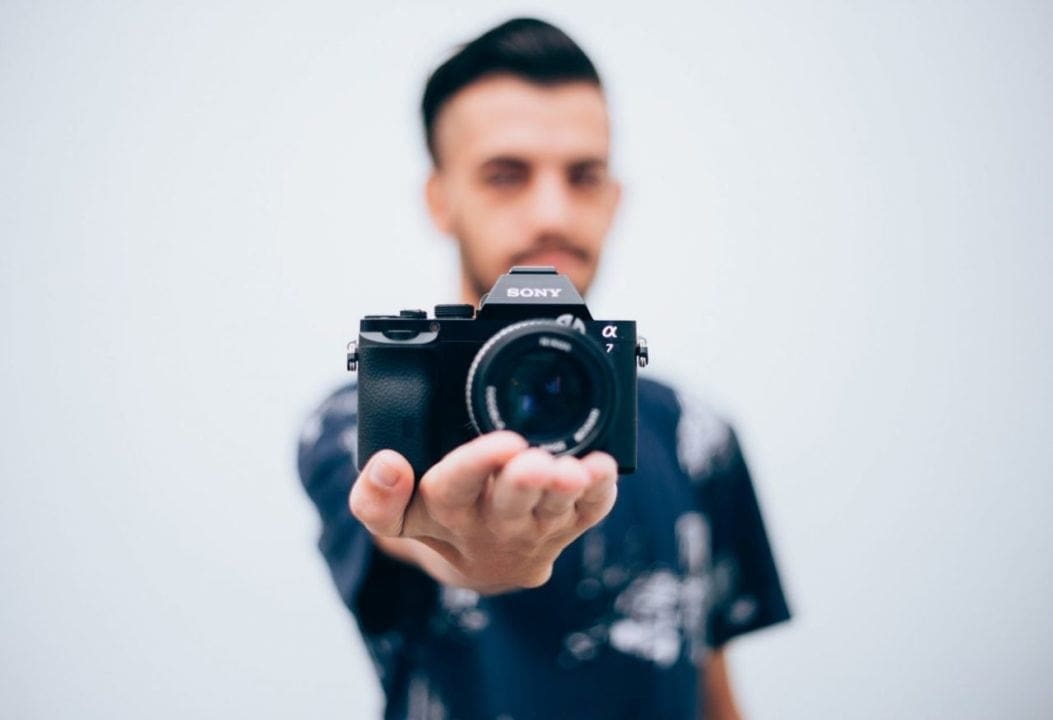
Mirrorless cameras: 07 They have a specific lens mount
Aside from Panasonic and Olympus, each CSC manufacturer uses its own specific lens mount so only certain lenses can be used on their cameras.
You can find some third party manufactured lenses, but you have to ensure that the mount is correct for the camera. The widest range of optics can be found with Panasonic and Olympus.
They both have the same mount on their mirrorless cameras, and have been on the market the longest. Sony and Fuji, however, aren’t far behind in developing their lens line.
SEE MORE: 6 photography techniques every beginner should learn
Mirrorless cameras: 08 There’s a focal length magnification factor
Similar to DSLRs, if the sensor in a compact system camera is smaller than full-frame, the images it produces will appear as if they were taken with a longer focal length lens than the numbers on the optic may suggest.
This happens because the focal length is a fixed measurement, while the framing of the image changes with sensor size.
For instance, the 1-inch image sensor found in a Nikon 1 camera incurs a 2.7x focal length magnification factor so the 10-30mm kit lens produces images that appear similar to those made using a 27-81mm lens on a full-frame camera.
SEE MORE: Manual focus: 3 modern technologies that make sharp images easier
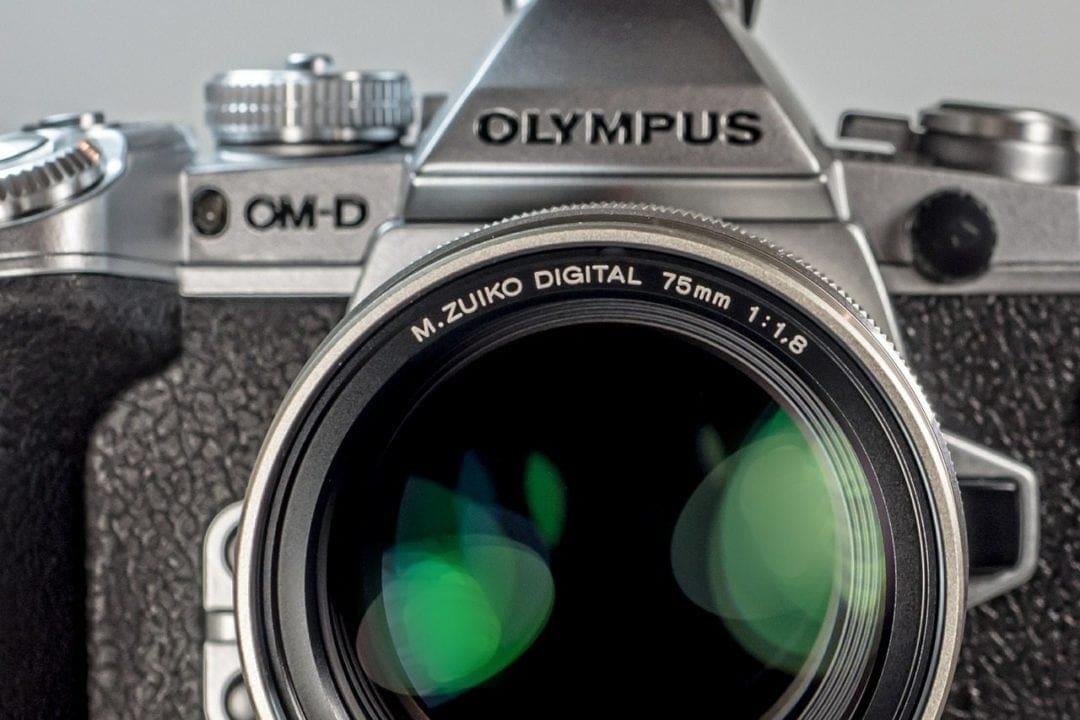
Mirrorless cameras: 09 Exposure is controlled in the same way as an SLR
In mirrorless cameras, exposure is controlled using shutter speed, aperture, and sensitivity – just like in an SLR. These can all be controlled manually or automatically.
The majority of compact system cameras have shutter and aperture priority modes and manual exposure modes in addition to several automatic options.
Mirrorless cameras: 10 Their controls can be modern or traditional
The tiny Panasonic GM5 is heavily based on touch-screen controls, but other compact system cameras possess the full range of dials and buttons. There are some mirrorless cameras, such as the Panasonic GH4, that have both a complete set of physical controls in addition to a touch-screen.
Fujifilm, on the other hand, produces a widely popular range of cameras that feature traditional controls with shutter speed dials and aperture rings.
Especially popular is the Fuji X-T1, which has dedicated dials for sensitivity and exposure compensation. Even when the camera is turned off, exposure settings can be set and checked.
READ MORE
Best cheap cameras that are actually pretty awesome
Best cameras for beginners in 2016
